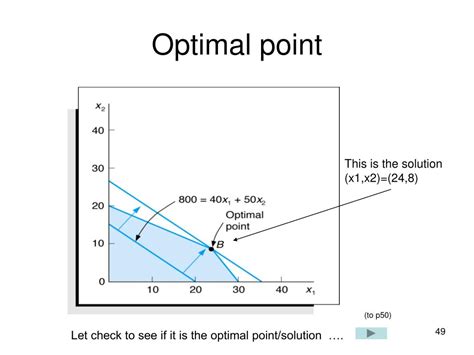How to optimize training to build explosive strength for peak performance?

Unlocking Athletic Potential Through Explosive Strength
Explosive strength is the ability to exert maximum force in the shortest amount of time. It’s the critical difference-maker in sports, allowing athletes to jump higher, sprint faster, throw further, and react quicker. From a basketball player’s vertical leap to a sprinter’s burst off the blocks, optimizing your training for explosive power is paramount for achieving peak performance. This article delves into the science and practical application of building this vital physical attribute.
Understanding the Foundations of Explosive Power
Explosive strength isn’t just about raw strength; it’s a combination of strength, speed, and neural efficiency. It relies on your central nervous system’s ability to rapidly recruit and fire motor units, coordinating muscles to produce powerful, rapid contractions. Training for this involves more than simply lifting heavy weights; it requires specific modalities designed to enhance power output, reaction time, and elastic energy utilization.

Key Training Modalities for Explosive Strength
1. Plyometrics: The Power Builders
Plyometric exercises involve rapid stretching and contracting of muscles, known as the stretch-shortening cycle, to generate maximal force. They are highly effective for improving reactive strength and power. Examples include:
- Box Jumps: Develop vertical power and quick ground contact time.
- Depth Jumps: Enhance reactive strength by utilizing the eccentric phase.
- Bounding and Hopping: Improve horizontal power and stride efficiency.
- Medicine Ball Throws: Develop upper body and rotational power.
Proper technique and progression are crucial to prevent injury, starting with lower impact drills and gradually increasing intensity.
2. Olympic Weightlifting and Its Variations
Olympic lifts (the Snatch and the Clean & Jerk) are unparalleled for developing full-body explosive power. They demand speed, coordination, flexibility, and strength to move heavy loads rapidly from the floor to overhead. Variations like power cleans, power snatches, and high pulls can be incorporated to build specific aspects of power without requiring the extensive technical mastery of the full lifts.
3. Strength Training with a Speed Focus
While heavy lifting builds foundational strength, integrating a speed component is vital for explosiveness. This means:
- Compensatory Acceleration Training (CAT): Lifting sub-maximal weights with maximum intent and speed during the concentric (lifting) phase.
- Heavy Compound Lifts: Squats, deadlifts, and bench presses form the backbone, but periodically vary rep ranges and speeds to stimulate different adaptations.
- Ballistic Training: Exercises like kettlebell swings or jump squats where the weight is accelerated through the entire range of motion and potentially released or left to fly.

4. Sprinting and Agility Drills
Specificity is key. If your sport requires explosive speed and directional changes, your training should reflect that. Short-burst sprints, sled pushes/pulls, ladder drills, and cone drills not only improve speed but also enhance coordination, quickness, and the ability to rapidly accelerate and decelerate.
Structuring Your Training Program
An optimized program for explosive strength incorporates these modalities strategically, often using a periodized approach. This might involve:
- Phase 1: Foundation (Hypertrophy & Strength): Build muscle mass and absolute strength.
- Phase 2: Transition (Strength & Power): Bridge the gap by combining heavy lifts with power exercises.
- Phase 3: Peak (Power & Specificity): Focus heavily on plyometrics, Olympic lifts, and sport-specific drills.
Ensure adequate warm-ups before each session, focusing on dynamic stretches and light plyometrics to prepare the nervous system.

Recovery, Nutrition, and Injury Prevention
Training for explosive strength places significant demands on your body and nervous system. Therefore, recovery is just as crucial as the training itself. Prioritize:
- Adequate Sleep: 7-9 hours per night for muscle repair and CNS recovery.
- Nutrient-Dense Diet: Sufficient protein for muscle synthesis, carbohydrates for energy, and healthy fats for overall health.
- Hydration: Essential for all bodily functions and performance.
- Active Recovery: Light cardio, stretching, and foam rolling to improve blood flow and reduce soreness.
Always prioritize proper form over lifting heavy weights. Explosive movements, when performed incorrectly, carry a higher risk of injury. Consider working with a qualified strength and conditioning coach to ensure optimal technique.

Conclusion
Building explosive strength is a multifaceted journey that demands a comprehensive and intelligently designed training approach. By integrating plyometrics, Olympic lifts, speed-focused strength training, and specific agility drills, all supported by diligent recovery and nutrition, you can significantly enhance your power output and unlock new levels of athletic performance. Consistency, progressive overload, and a commitment to proper technique are the cornerstones of maximizing your explosive potential and achieving peak performance in your chosen field.








